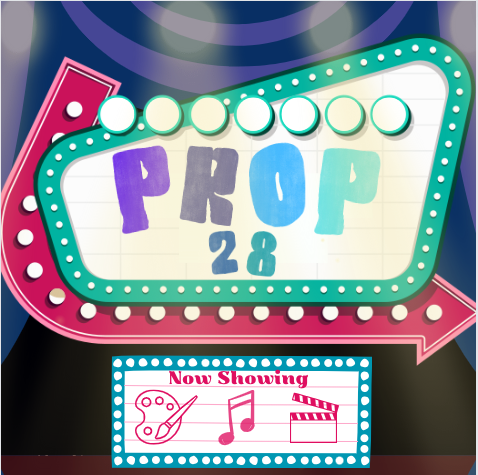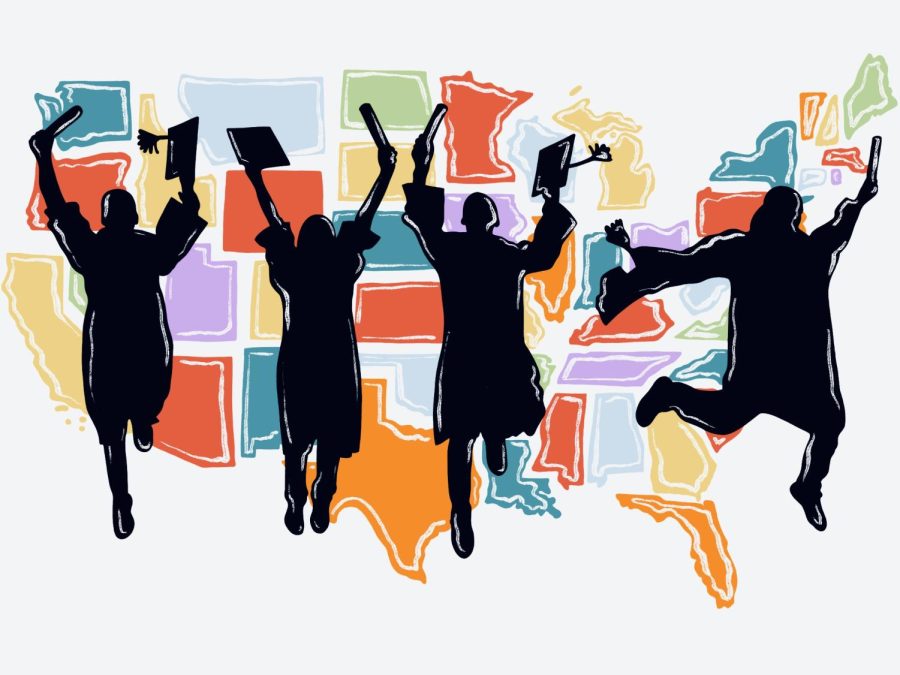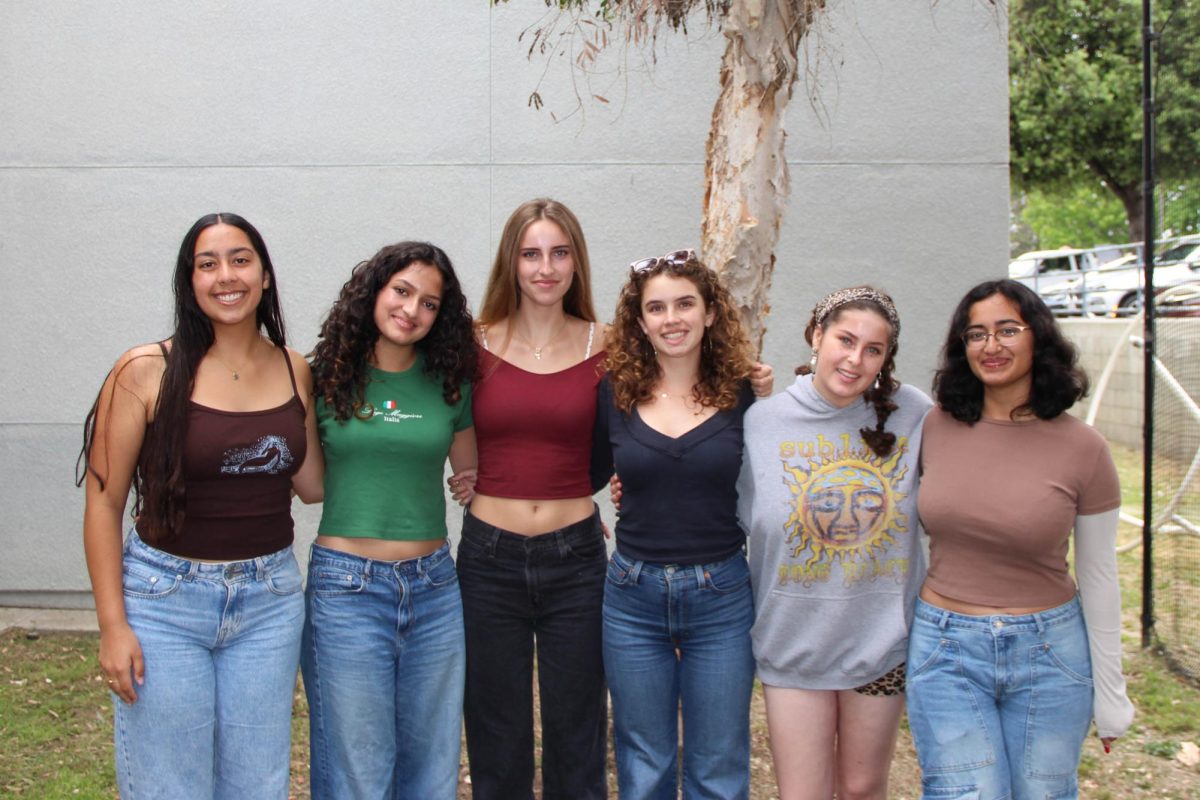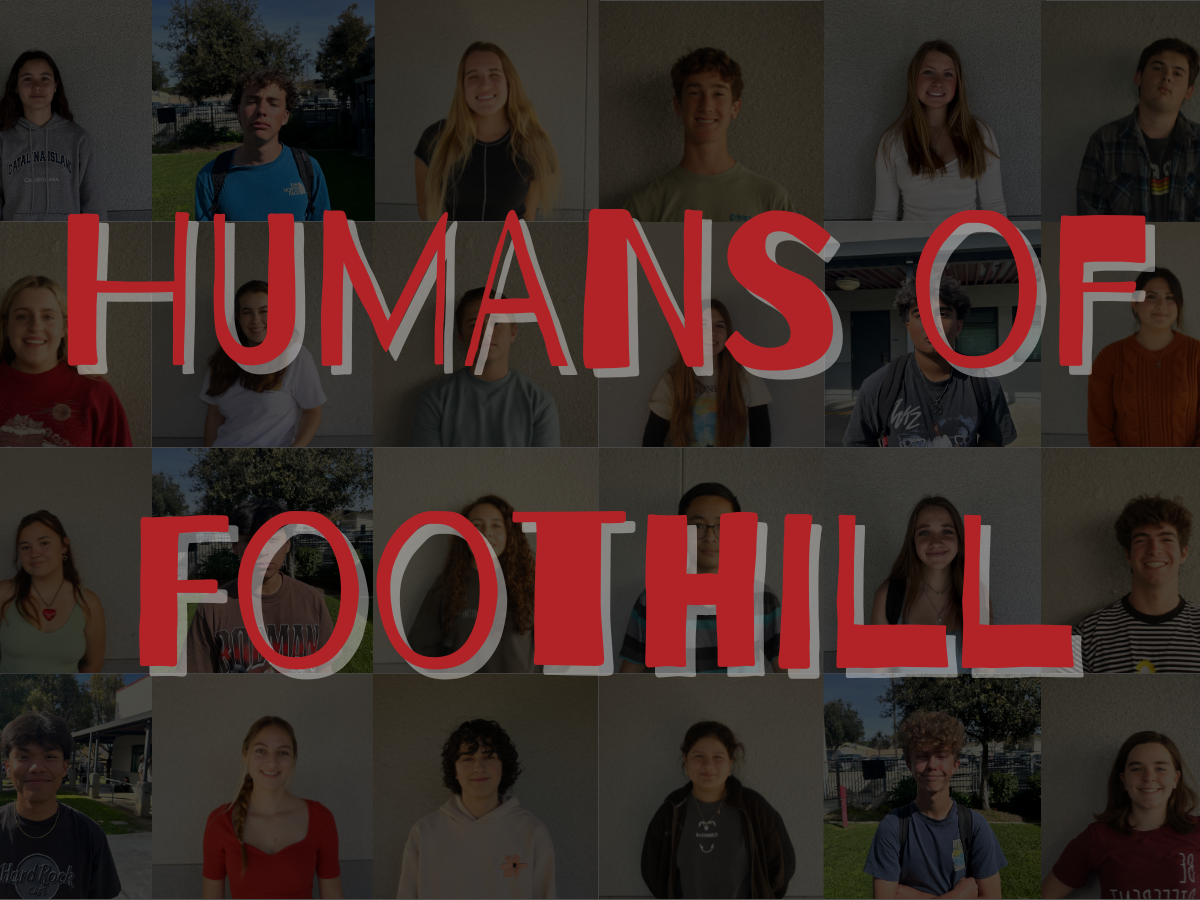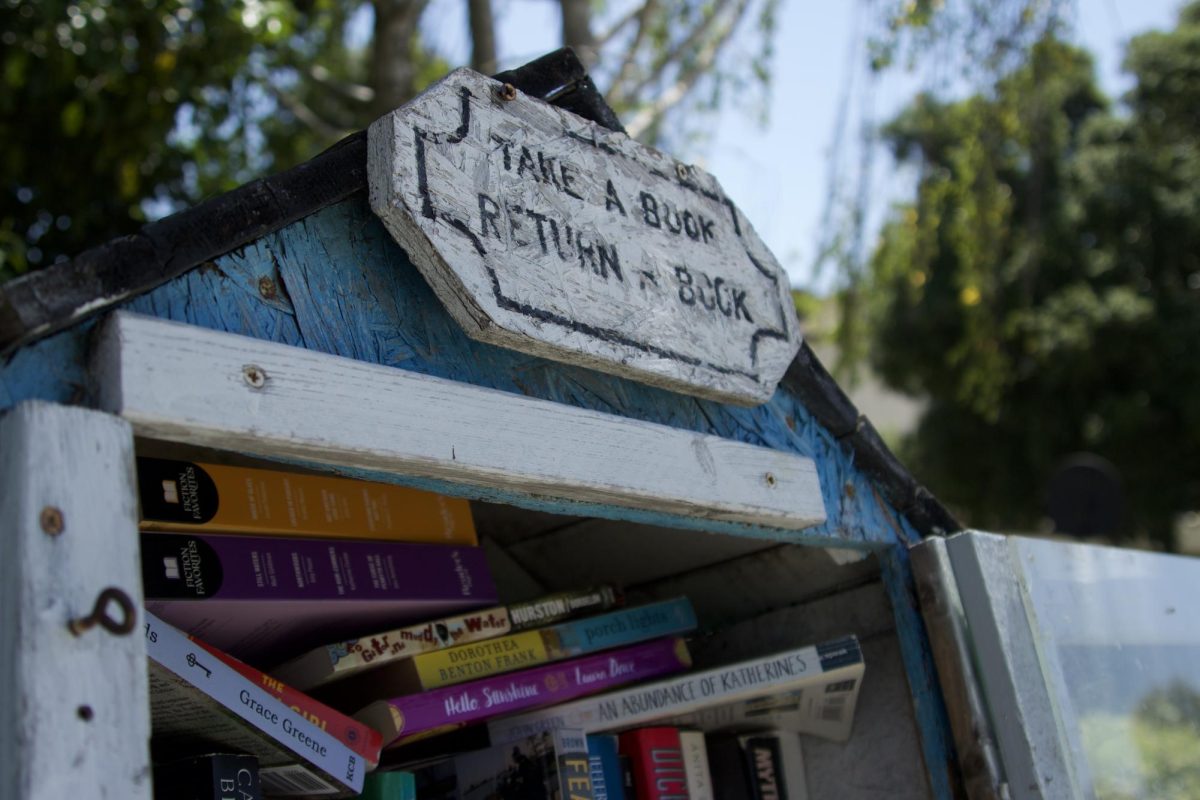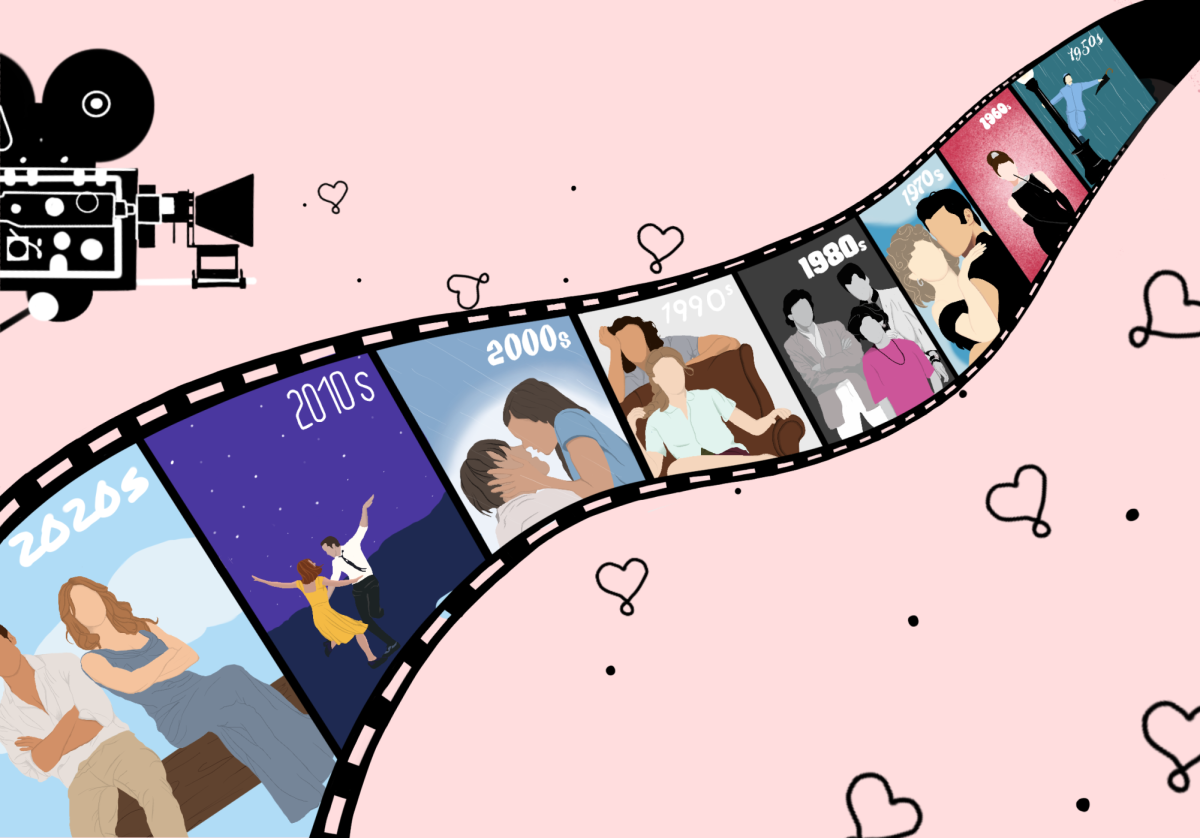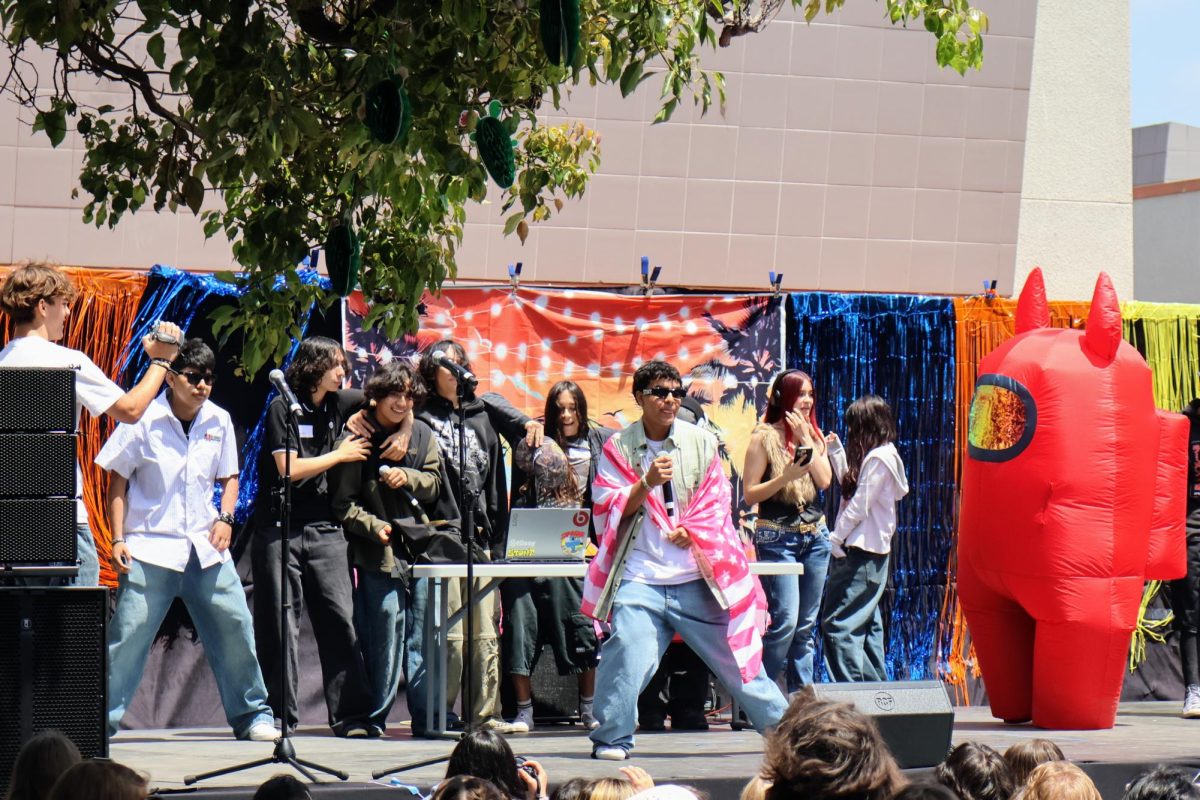Approved by California voters in November 2022, Proposition 28 (Prop 28) also known as the Arts and Music in Schools (AMS) Funding Guarantee and Accountability Act provides a new stream of annual funds to K-12 public schools in California. The roughly $1 billion is distributed statewide according to student enrollment to be allocated towards expanding arts and music programs. Ventura Unified School District’s (VUSD) Assistant Superintendent of Educational Services, Dr. Greg Bayless, said that VUSD will reportedly see the proposition’s funding in February 2024. The proposition monies must be used to, as Bayless stated, “supplement not supplant” arts and music programs. Essentially, “existing programs that have sufficient enrollment and are currently viable won’t be significantly affected except that they could be expanded upon in some way,” Bayless summarized.
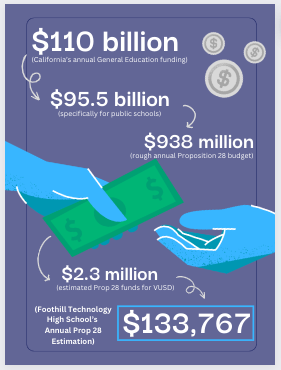
The arts and music are a required component of public school education starting from elementary to throughout high school, with California offering around 150,000 art programs. Not only is the proposition beneficial for arts education, but it also supports students from low-income families (a demographic that makes up around 60 percent of public school student enrollment). While 70 percent of the annual Prop 28 funds go to schools based on statewide enrollment numbers, the other 30 percent is distributed to schools based on their low-income enrollment to further enrich those students’ opportunities. Since Proposition 28 is based upon annual enrollment, it secures steady funding year by year. For each school’s budget, delegated by each site’s principal, a minimum of 80 percent must be spent on hiring staff for these new arts and music opportunities. The remaining can be used to purchase materials. “I’m very pleased that the recognition of the importance of arts education has translated into a secure funding stream,” Bayless said.
Rather than funneling into existing arts program funding, Prop 28 can only be used to increase art and music education opportunities. This aspect of the proposition may be under many people’s radar, as rather than being stated explicitly in the proposition document itself, it lies under Chapter 5.1 in the Educational Code Legislature for California. Bayless elaborated, “It’s not in the text of the proposition itself…[it’s] just a technical feature of many different funding sources in education.” As a condition of receiving the annual funds, local education authorities (LEA) must “certify that such funds received will be used to supplement funding for arts education programs,” Bobbi Powers expanded, Director of Secondary Education at VUSD. If existing programs have funding that is decreasing or stops altogether, then Prop 28 money can be used to maintain that program. However, this does present challenges. Bayless mentions that as California public schools decline in enrollment, the challenge “will be to interpret and uphold this feature as general and other funds are decreasing (as enrollment decreases) and therefore what programs might be defined as ‘existing.’”
VUSD will be granted an estimated $2.3 million annually from Proposition 28, which will be distributed over 28 public schools based on enrollment and low-income student enrollment. As for Foothill Technology High School (Foothill Tech), $133,767 has been the estimated final since Aug. 28, 2023. Principal of Foothill Tech, Russell Gibbs, like many other California principals, is gathering input from students, parents and members of the community on how to distribute these new funds. He has not yet specified which programs will be expanded upon. Gibbs stated, “These funds will help us preserve and enhance … ensuring that if any offering was lost or reduced that it can continue to be offered.” He also acknowledges from personal experience the importance of arts and music in school for not only students’ educational needs but also mental and emotional needs. “I didn’t really feel like I had a place where I could fit in,” Gibbs expressed. With 999 students attending Foothill Tech, there are many opportunities for art and multimedia outlets. “I think the state has done a nice job of [showing] how important and needed these classes/programs are to students,” Gibbs added, “I didn’t have the best outlets for my creative endeavors and as a result, I was not engaged as a student in high school.”
Prop 28, while being a new and unexplored funding stream, will provide positive change for public schools in California in a way that hasn’t been financially secured before, and Foothill Tech students can rest easy knowing their favorite programs can be preserved.


